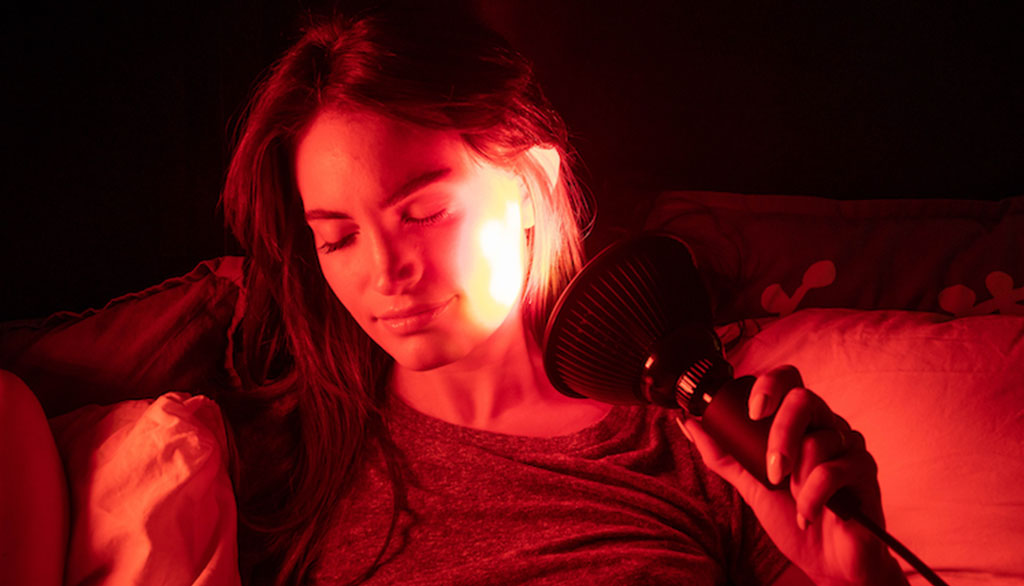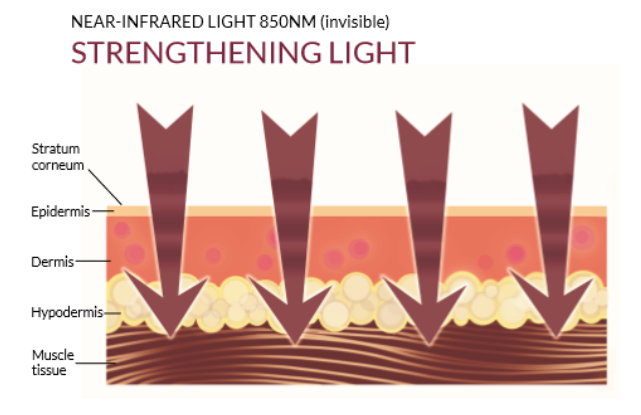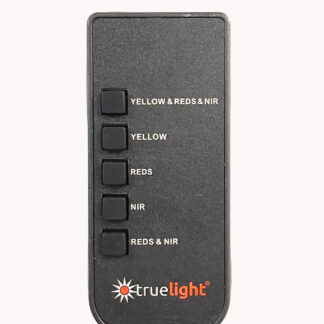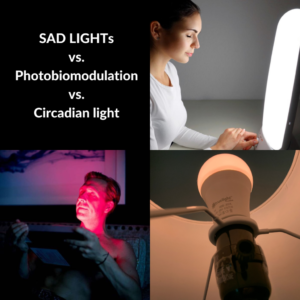
Space Day: LED Light Therapy & Blue Blockers Started With Space Exploration
Article at a Glance: National Space Day was first created in the 1990s to commemorate all of the achievements associated with space research and exploration,

The basic premise is that long-wavelength lights stimulate cellular energy metabolism and energy production. Near-infrared (NIR) light therapy is similar to red light therapy, except infrared energy is invisible, and it reaches even deeper into the body — into soft tissues, muscles, joints, and bone. Three major photo acceptor molecules in mammalian tissues are known to absorb light in the NIR range: hemoglobin, myoglobin, and cytochrome c oxidase. Of the three, cytochrome c oxidase may be the most important mechanism of photobiomodulation (or low-level laser therapy, LLLT) and is associated with improved cellular energy (ATP) production.

The key characteristic of (near) infrared light is its ability to penetrate not only deep layers of the skin, but also your body’s muscles and other tissues, and even down to the bone. This can provide faster healing and better pain relief. Infrared light is also incredibly safe, non-invasive, and painless with no known side effects. (It is widely used in the fields of medicine, dentistry, and veterinary medicine.) That’s why NIR is somewhat of a “magic pill” that may be able to aid in cardiovascular health, pain and inflammation, detoxification, muscular injuries, and more.

Want to take your healing even further? Studies have shown that pairing near-infrared (850nm) with red light (630nm and 660nm) can have greater efficacy than if you were to only use one wavelength at a time to target the body. (5) More recent studies have also illustrated the potential skin healing benefits associated with yellow or amber light therapy (580nm). (6,7)
TrueLight® LED light therapy devices use a patent-pending combination of deep red, red, NIR, and yellow light to help heal the body from the surface of the skin all the way down to the bone. They also have steady and pulsing modes, where steady light can help reduce pain, and pulsing light can help body tissues heal more rapidly.


Article at a Glance: National Space Day was first created in the 1990s to commemorate all of the achievements associated with space research and exploration,

Article at a Glance: Skin is the body’s largest organ, and it’s important to protect it as much as it protects you. Maintaining healthy skin

Article at a Glance: Light is an extremely powerful stimulant and tool for the human body. There are several types of light therapy and lighting
© 2024 TrueDark. All rights Reserved | Terms & Conditions | Privacy Policy | Cookie Policy